Teresa Margolles
Sutura
02 Jun - 22 Jul 2018
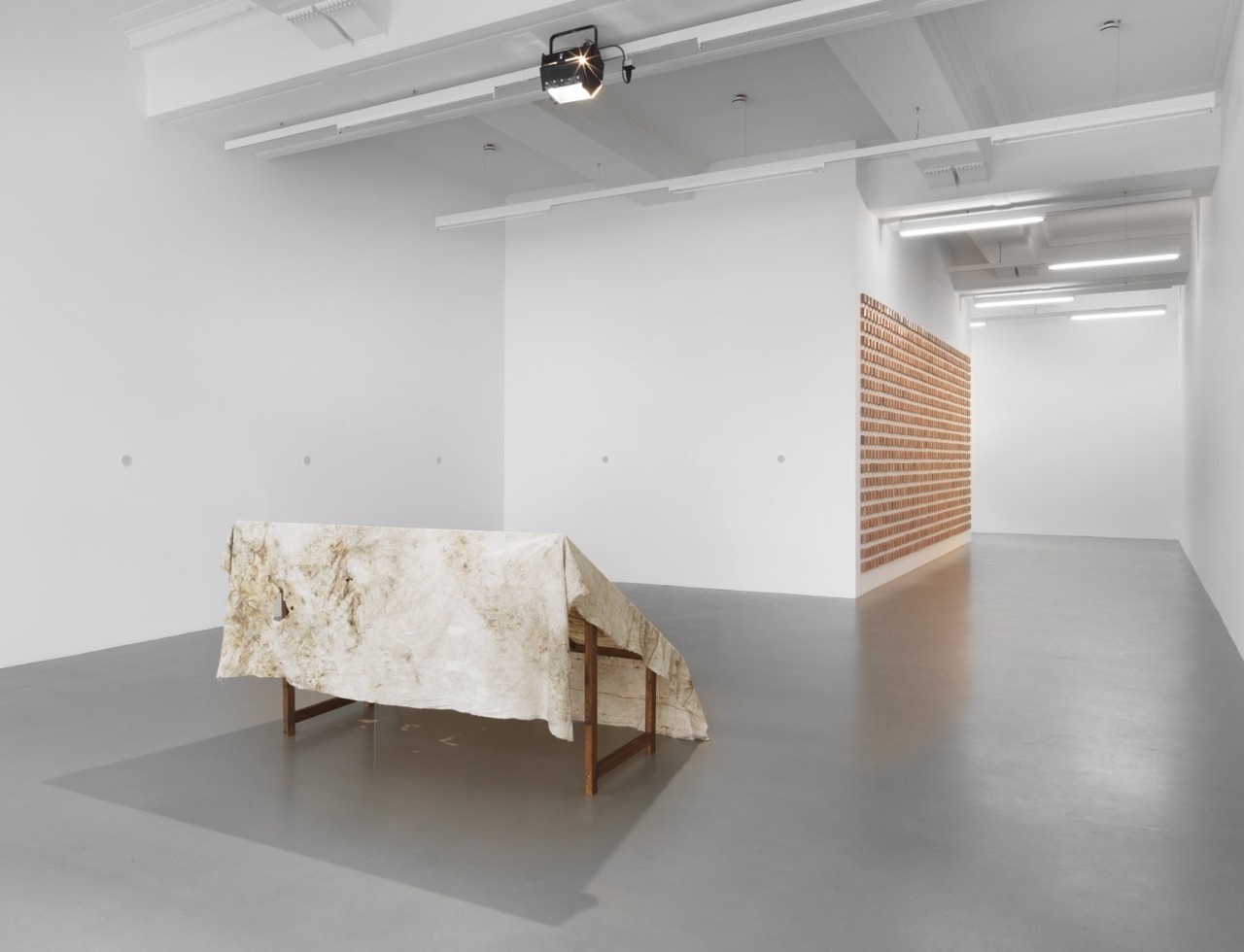
Teresa Margolles, Sutura, cloth from Guadalajara, 2011 / intervention on cloth, Berlin, 2018. Installation view at daadgalerie, Berlin 2018. Photo: Jens Ziehe
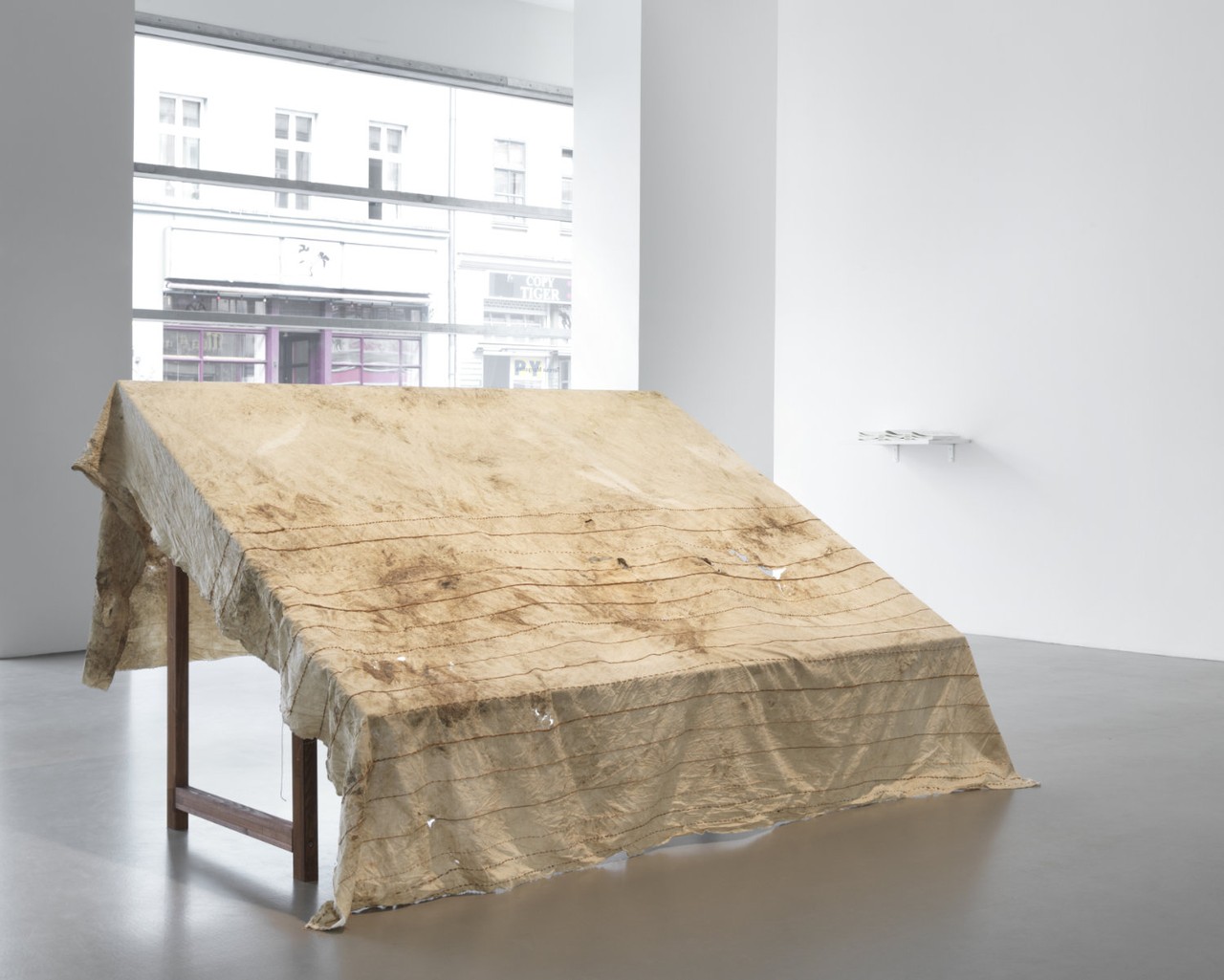
Teresa Margolles, Sutura, cloth from Guadalajara, 2011 / intervention on cloth, Berlin, 2018. Installation view at daadgalerie, Berlin 2018. Photo: Jens Ziehe
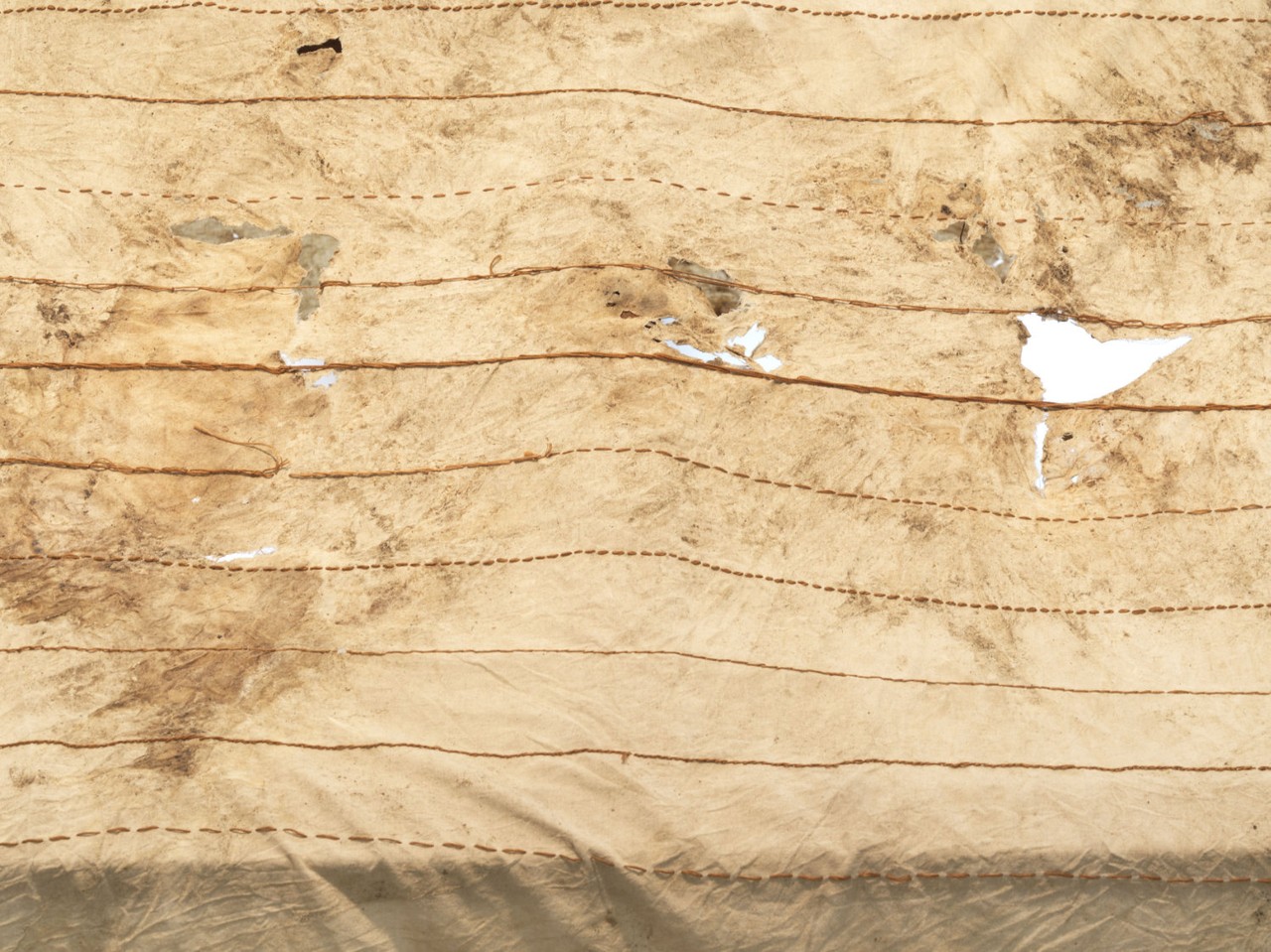
Teresa Margolles, Sutura, cloth from Guadalajara, 2011 / intervention on cloth, Berlin, 2018. Installation view at daadgalerie, Berlin 2018. Photo: Jens Ziehe
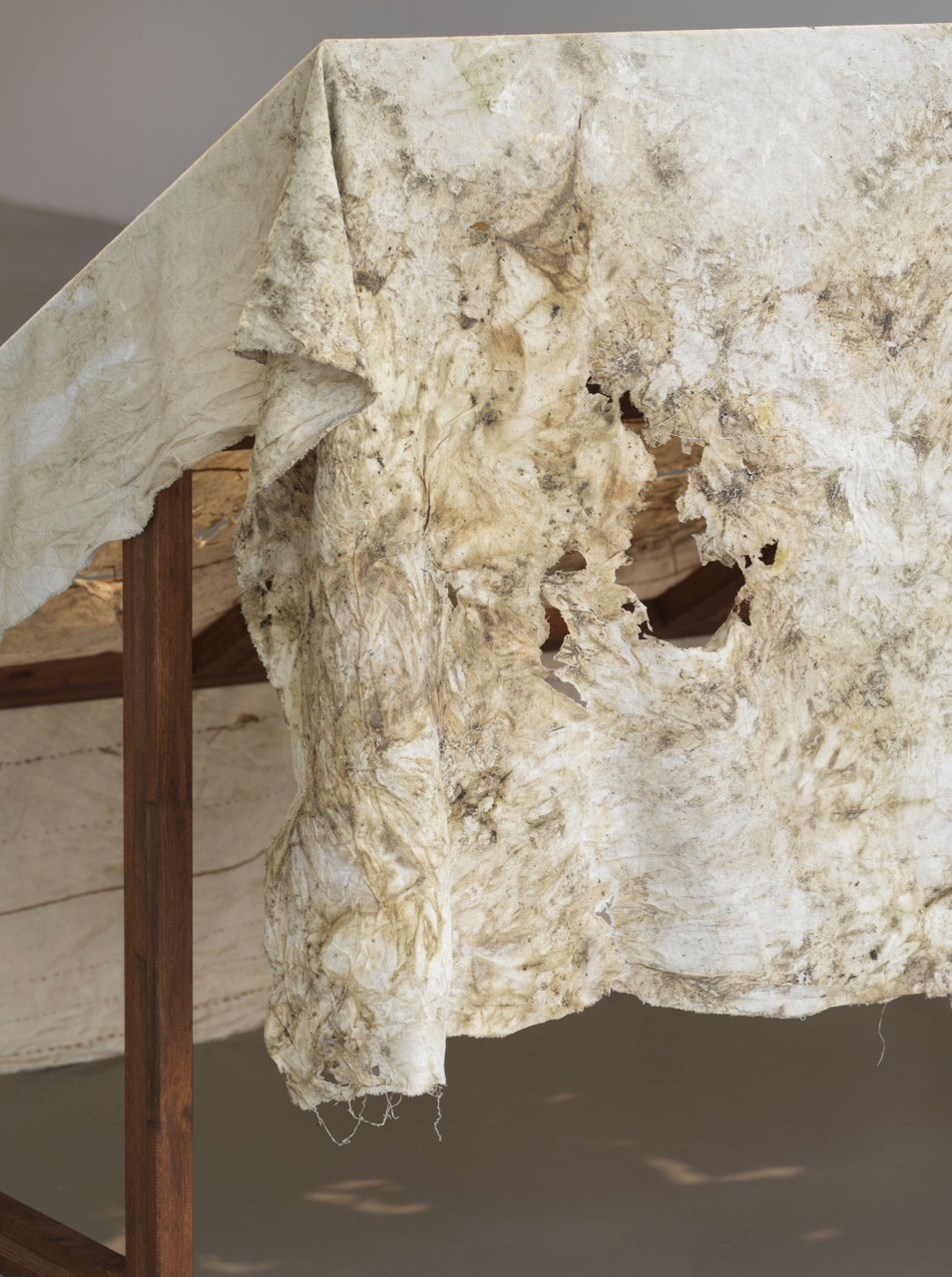
Teresa Margolles, Sutura, cloth from Guadalajara, 2011 / intervention on cloth, Berlin, 2018. Installation view at daadgalerie, Berlin 2018. Photo: Jens Ziehe

Teresa Margolles: Los Otros / The Others / Die Anderen, sound installation, publications, 2018. Installation view at daadgalerie, Berlin 2018. Photo: Jens Ziehe

Teresa Margolles: Los Otros / The Others / Die Anderen, sound installation, publications, 2018. Installation view at daadgalerie, Berlin 2018. Photo: Jens Ziehe
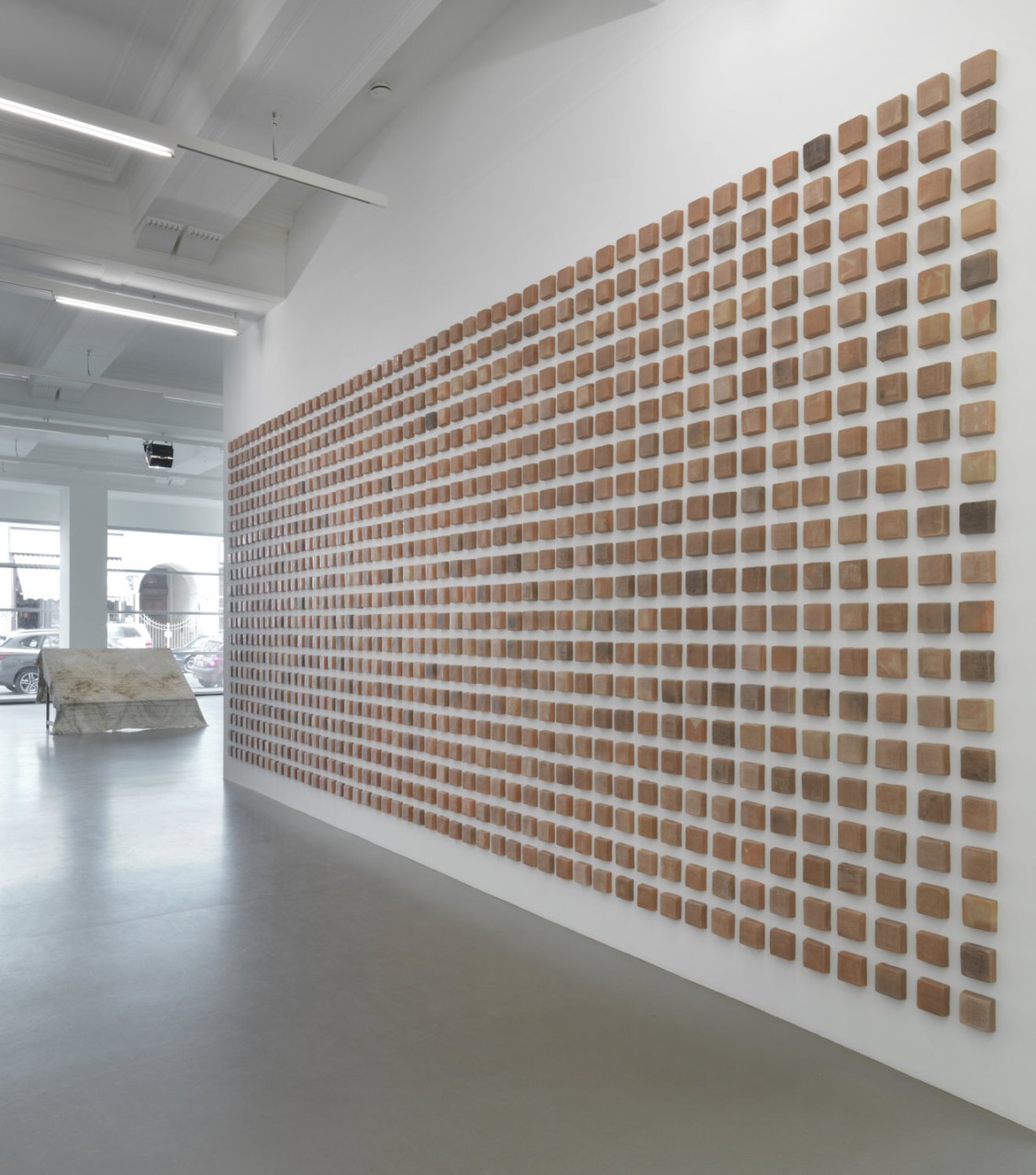
Teresa Margolles: La Gran América, 1000 clay tiles, 2018. Installation view at daadgalerie, Berlin 2018. Photo: Jens Ziehe
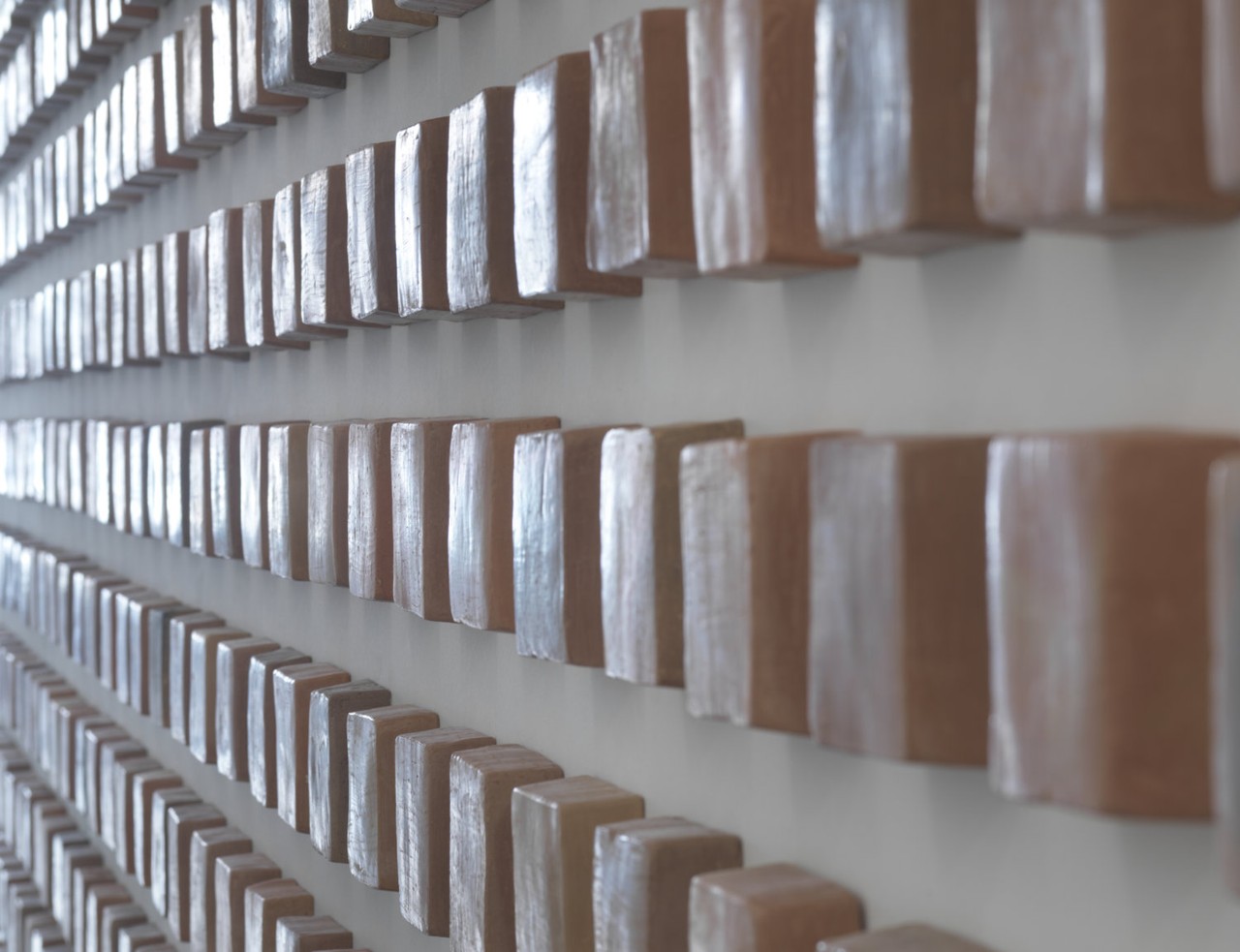
Teresa Margolles: La Gran América, 1000 clay tiles, 2018. Installation view at daadgalerie, Berlin 2018. Photo: Jens Ziehe

Teresa Margolles: La Gran América, 1000 clay tiles, 2018. Installation view at daadgalerie, Berlin 2018. Photo: Jens Ziehe
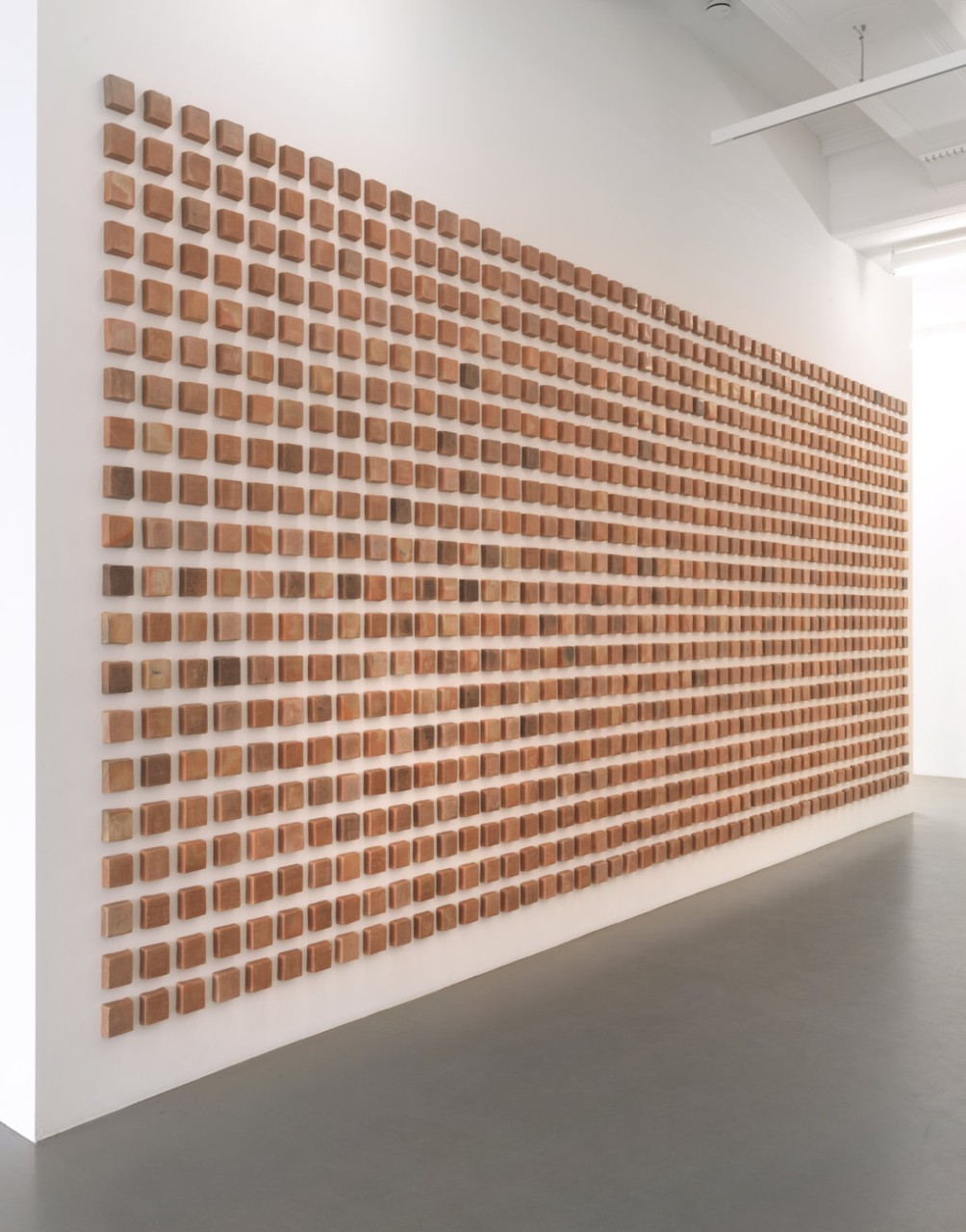
Teresa Margolles: La Gran América, 1000 clay tiles, 2018. Installation view at daadgalerie, Berlin 2018. Photo: Jens Ziehe
The daadgalerie presents two new projects by Mexican artist Teresa Margolles, created during her stay in Berlin. In her work, Margolles thematizes the organized drug war in her homeland and its associated violence and impacts on Mexican society. She works assiduously against the anonymization of death and the disappearing of bodies by ruthlessly confronting her audience with the traces of what people have left behind.
Produced is a minimalist intervention: a cloth used to wipe up the blood of an individual murdered on the street becomes a symbol for narratives laced with violence. Latin American migrants who Margolles met in Berlin have each embroidered a line in the cloth and then tell their own stories of migration. Ubiquitous in Latin American indigenous cultures, the tradition of embroidery serves here—formally reduced to an abstract line, but each with its own “handwriting”—as a preparatory, meditative process for ensuing narratives.
In addition to the installation of the fabric and the stories woven into it, the exhibition includes a wall installation of hand-made clay tiles, created with material extracted from the Rio Bravo and formed in the border town of Ciudad Juárez, both settings of traumatic experiences of escape.
Produced is a minimalist intervention: a cloth used to wipe up the blood of an individual murdered on the street becomes a symbol for narratives laced with violence. Latin American migrants who Margolles met in Berlin have each embroidered a line in the cloth and then tell their own stories of migration. Ubiquitous in Latin American indigenous cultures, the tradition of embroidery serves here—formally reduced to an abstract line, but each with its own “handwriting”—as a preparatory, meditative process for ensuing narratives.
In addition to the installation of the fabric and the stories woven into it, the exhibition includes a wall installation of hand-made clay tiles, created with material extracted from the Rio Bravo and formed in the border town of Ciudad Juárez, both settings of traumatic experiences of escape.
